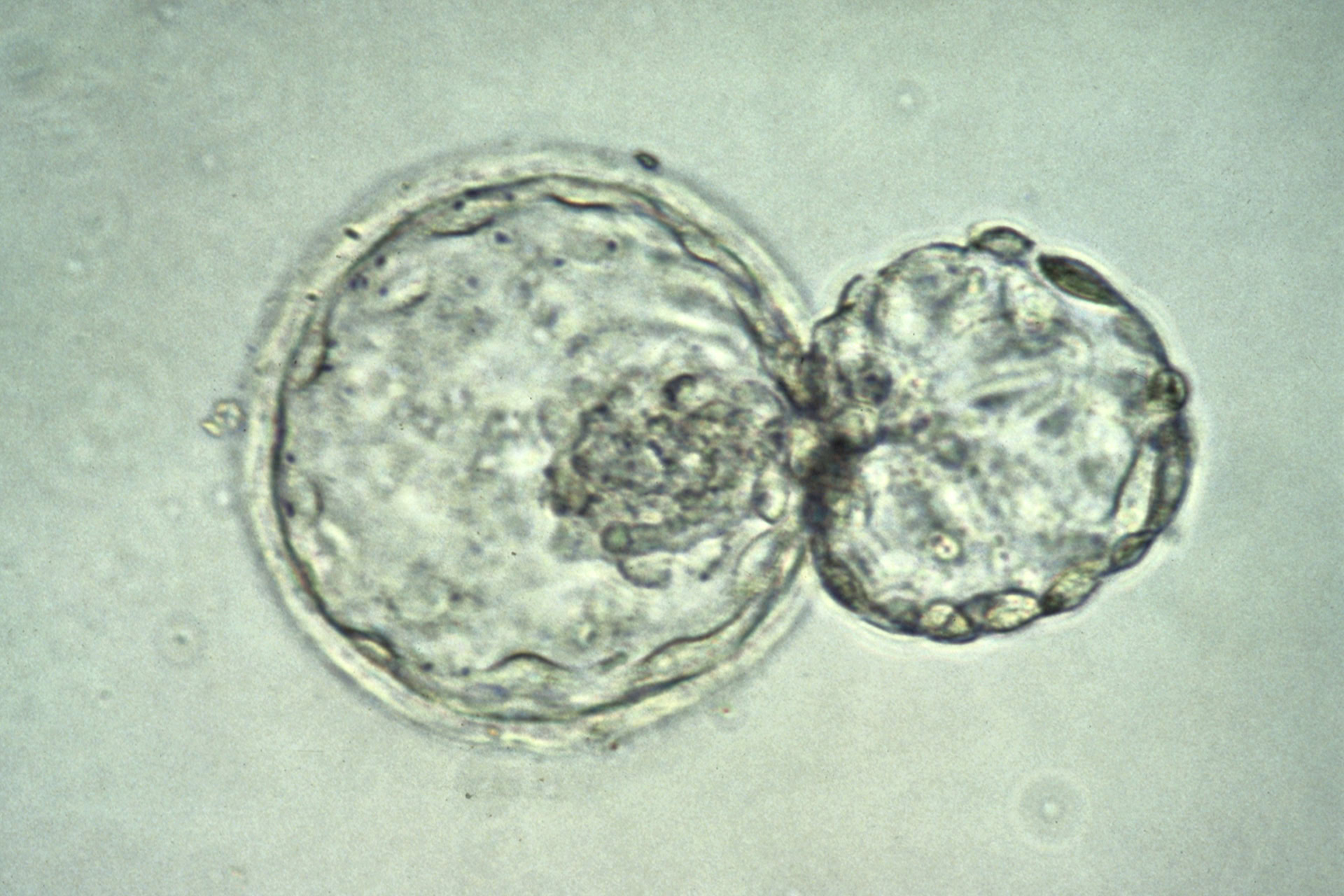| European Union Ban on Human Embryonic Stem Cell Patents: A Threat to Science and the Rule of Law
Organised by the University of Oxford Oxford Martin School, University of Oxford, Old Indian Institute, 34 Broad Street, Oxford OX1 3BD, UK Friday 20 January 2012 |
 |
The recent ruling of the European Court of Justice (ECJ) excluding inventions relating to human embryonic stem cells (ES cells) from patentability has sparked a heated debate in the bioscience, ethics and law communities (1).
It was the topic up for discussion at a lunchtime seminar in the Oxford Martin School, University of Oxford, given by Aurora Plomer, professor of law and bioethics at Sheffield University, who described the ruling as having 'serious flaws'.
I was one of a handful of scientists in the audience, which was dominated by lawyers and bioethicists for whom the presentation was more directly aimed. As a result I struggled to appreciate the intricacies of all of Professor Plomer's arguments but she made it immediately clear that this was a landmark case: 'The ruling is extremely important. It is the first time that the Commission's court has inferred legal protection on frozen human embryos, albeit on the back of patent laws'.
With such a contentious subject under scrutiny, I felt compelled to at least try and keep up for the hour-long session.
Professor Plomer began by putting the story into context, starting with the case between Greenpeace and German neuroscientist, Professor Oliver Brüstle. In 1999 Professor Brüstle was granted a patent relating to his work on human ES cells. Greenpeace had challenged the patent in the German courts, which in turn asked the ECJ for its interpretation of 'human embryo' under the 1998 EU Directive on the legal protection of biotechnological inventions (98/44/EC) for it to determine its validity (2). The 1998 Directive states, 'uses of human embryos for industrial or commercial purposes must also be excluded from patentability'.
Professor Plomer admitted that she had been 'looking forward to the ruling', as the 1998 Directive was unclear both in terms of the definition of 'moral' and the scope of the exclusions; did it only apply to embryos or also to cell lines derived from embryos? Greenpeace v Brüstle was to be the case that would answer some of these questions.
She had high hopes that the ruling would be potentially a 'very good intervention'. However, it was not the result Professor Plomer had expected. She was 'dismayed' as the ECJ effectively ruled that the patent ban extended into therapeutic uses of embryos and included any derivative resulting from the destruction of embryos, including ES cells lines.
The ruling surprised Professor Plomer as she believes it achieves the exact opposite of the 1998 Directive on which it is based, which was not supposed to block patents or bring about new laws, but to facilitate competiveness and harmonise existing laws. 'How could the ECJ come to this view? From a legal point it is so problematic', she said.
Interestingly, Professor Plomer points out the contradiction of the ruling, which is 'at odds with the Commission's funding policy on ES cells research'. The EU funds research into ES cells yet bans patent resulting from such work as 'immoral'.
In the many questions following the talk, one attendee asked whether the ruling was a judgment on the morality of the patent system or the morality of the research on human ES cells? Professor Plomer dismissed this distinction, saying that either way it cast a shadow on the morality of the research. She accredited the ECJ with employing religious views, which led it to decide that the patent is immoral because they believe the research is immoral.
A fellow scientist in the audience raised the idea as to whether it was such a bad thing to prevent patents in embryo related work, complaining that patents can lead to stagnation of research. Professor Plomer agreed to some extent, but was worried about the precedent the ECJ had set by going against other directives, and the future implications this could hold.
'It is very important to monitor the developments in the EU now. Clearly the court has plenty of legal material to create further limits', she said. 'We are into uncharted territory, it is bad news really'.
As I left the seminar I was unsure of how the ruling would affect science. In the short term it seems little will change for the lab scientist. The ruling was, after all, about patents not research. It could have a more direct impact for research if funding is cut as a result of the area becoming unprofitable, or if Professor Plomer's fears are recognised and the laws governing scientific research are changed. Scientists will have to watch and wait.







Leave a Reply
You must be logged in to post a comment.